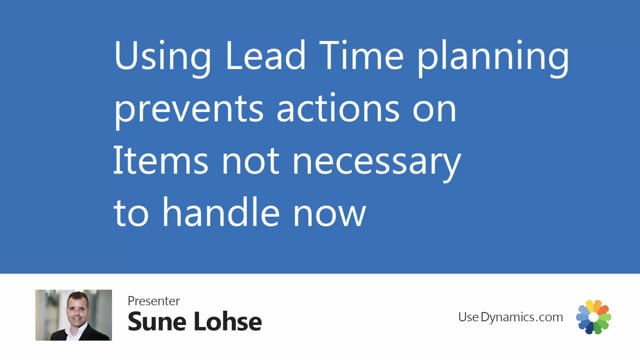
Using lead time planning in the Reverse Planning prevents actions on item not necessary to handle now, meaning it’s possible to postpone item that are not urgent to handle now.
Let’s see how that works.
Normally if I plan within end date and I find critical item using the calculation type end date, it will just suggest all items that are critical according to my criterias within the period I’m looking in.
For instance, the first one here, item socket bag, has a first date below safety stock on the 25th of February, whereas if I calculate like this within lead time or rolled up lead time for the same item, it will define a different planning horizon per item, and that is defined by the lead time that is rolled up that you can find in the rolled up lead time, and I will explain that in other videos.
But here you can find per item, for instance the socket bag, the rolled up lead time, and if it’s not a demand within that period, it will not display it as critical.

